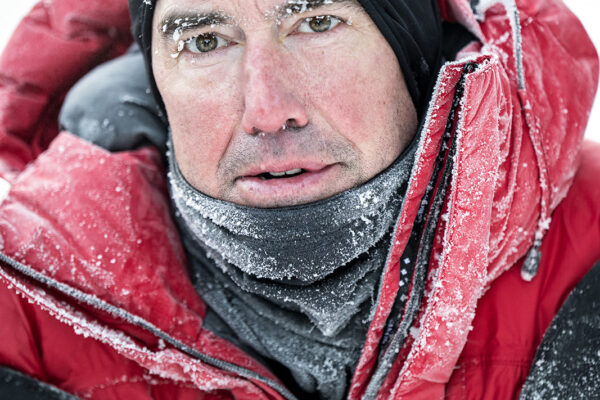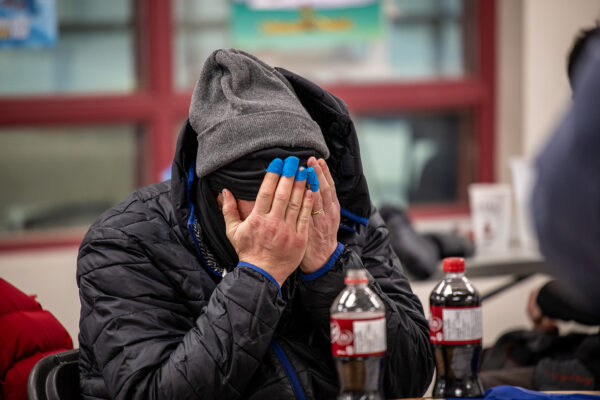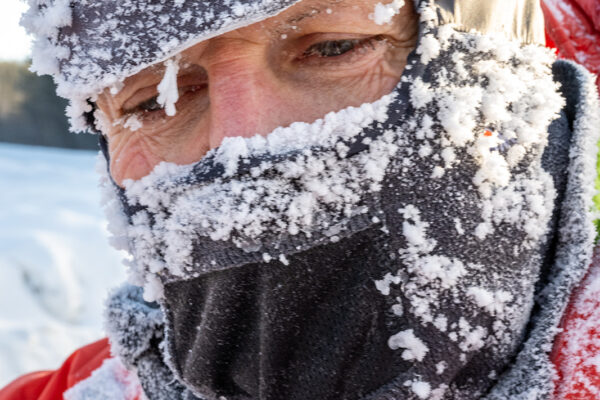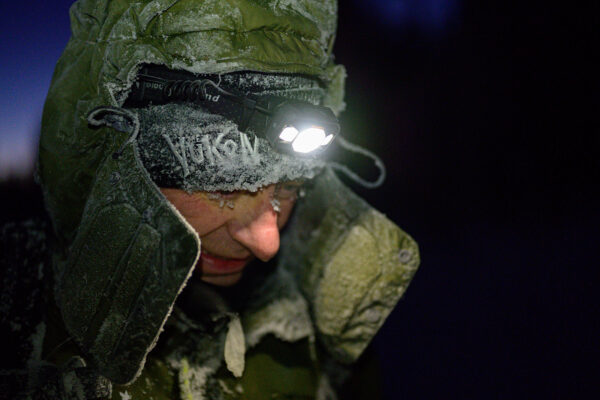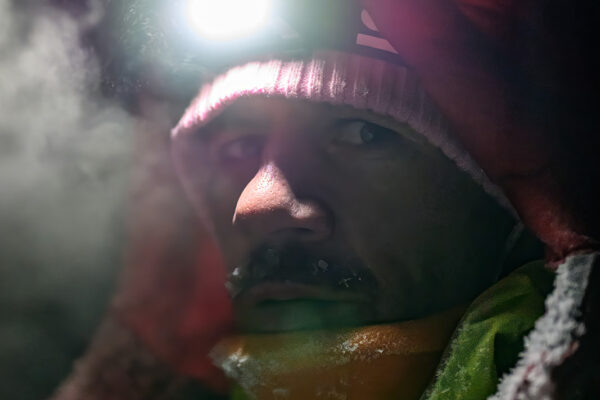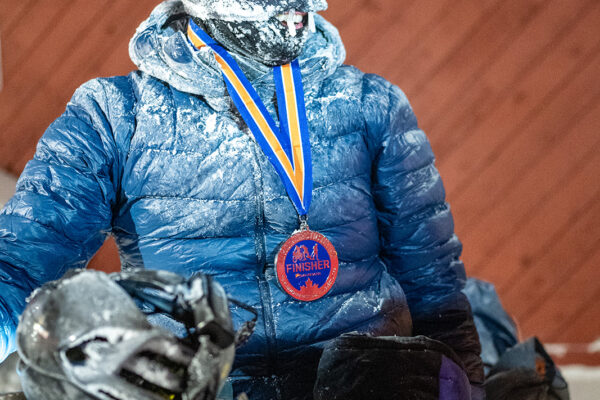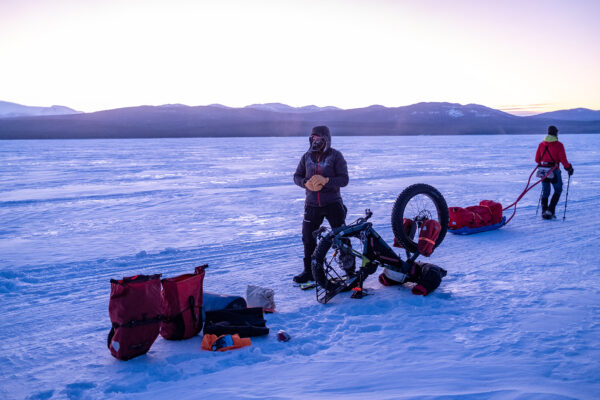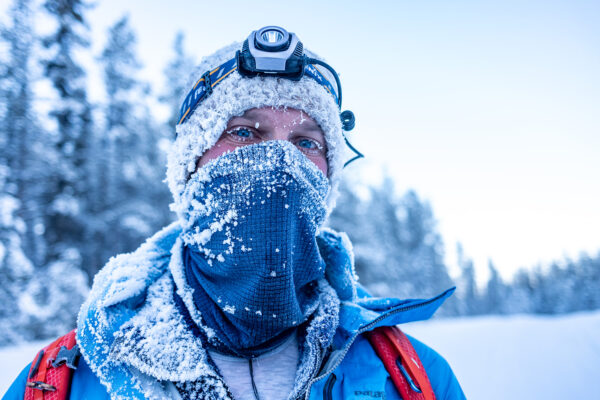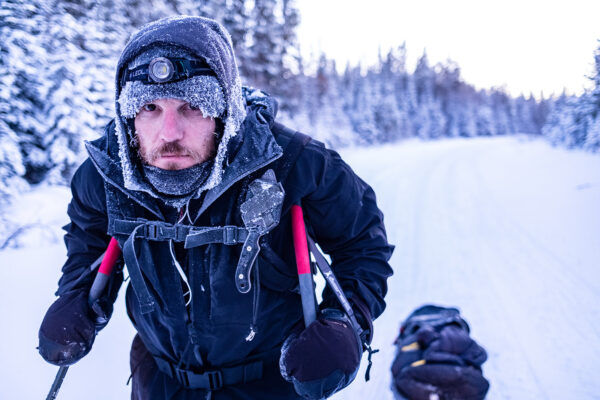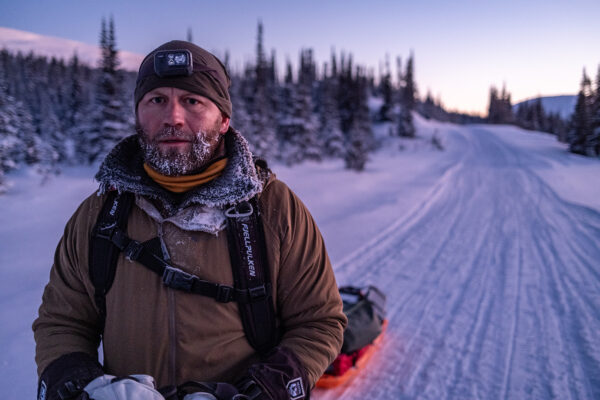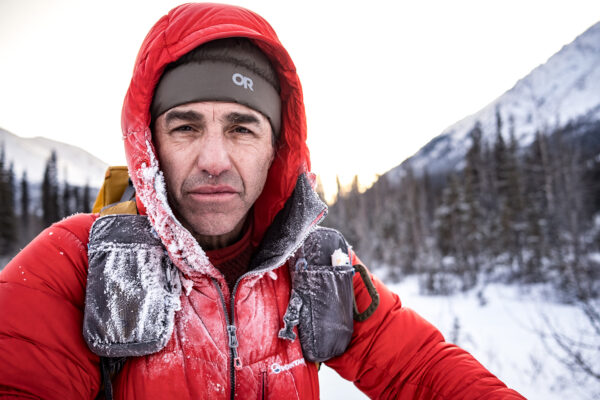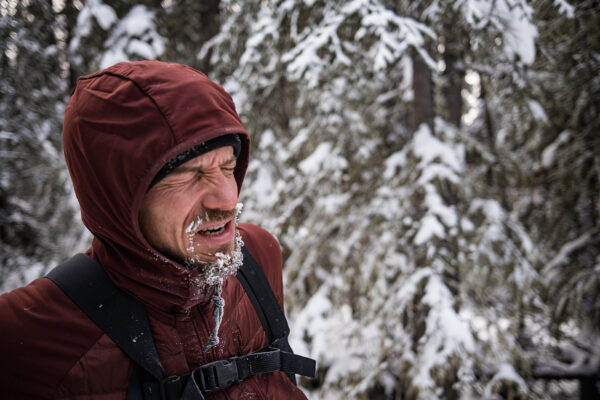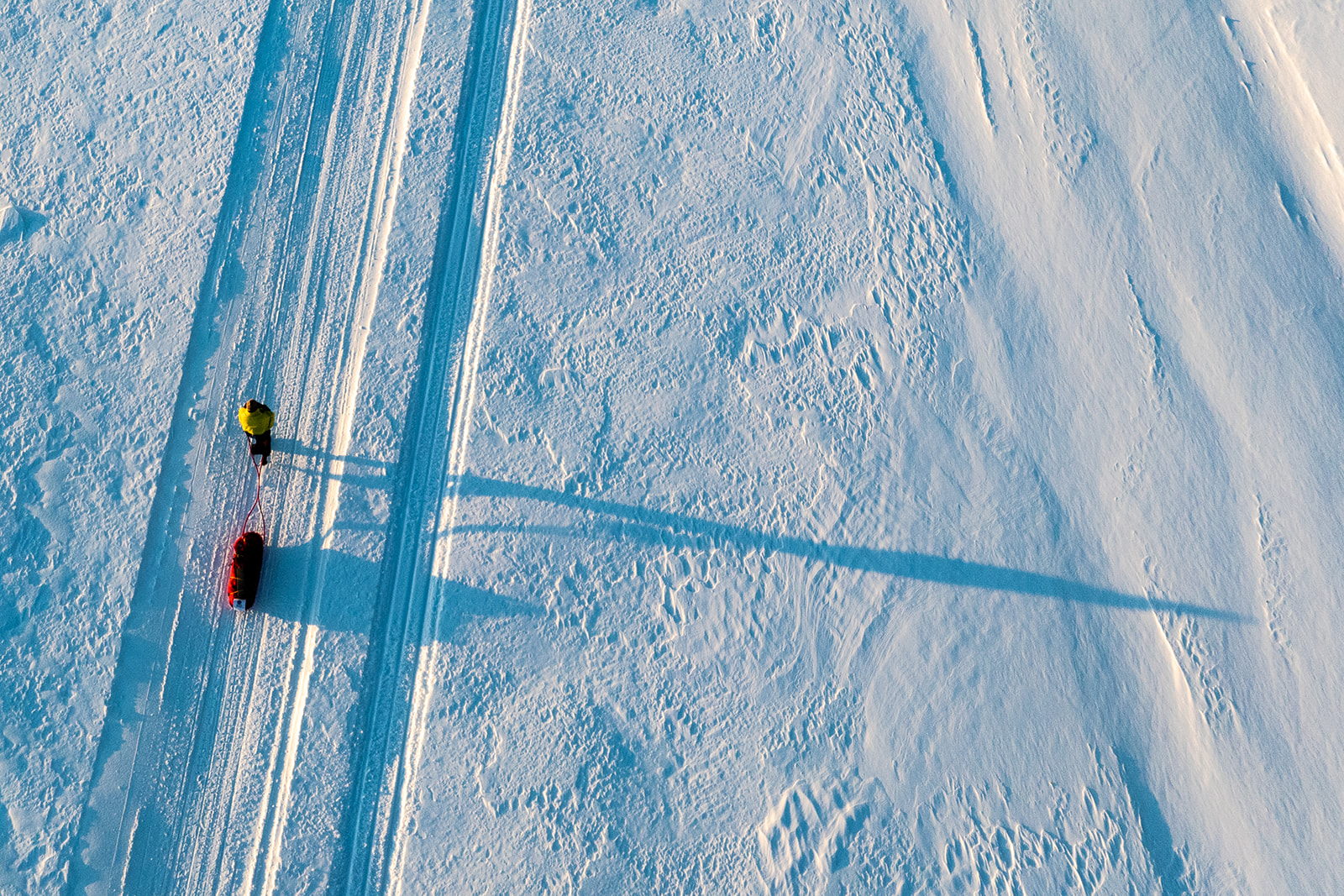
This year we changed with the Yukon Quest from the “old” trail to a new one. The start was in Teslin. We will stay on this new trail in 2026, i.e. our base before the race will be in Whitehorse but then we will have a transfer to Teslin on our start date, February 1st. The distances we will offer are 235, 350 and 600 km.
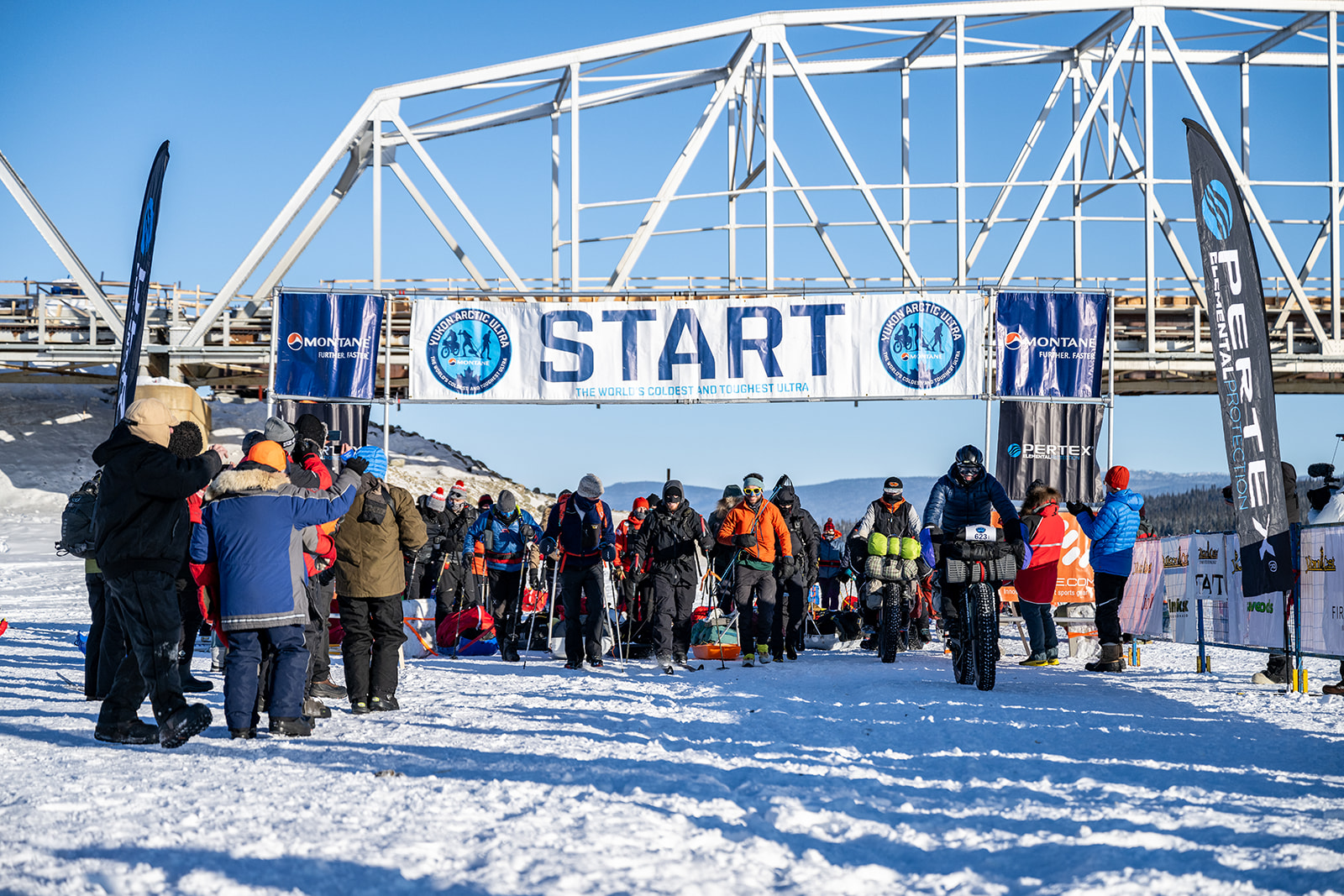
Yukon Arctic Ultra 2025 start line in Teslin – Photography: Mark Kelly
At this point, it’s uncertain whether a trail from Faro to Pelly Crossing will be available. For now, we are planning to repeat the 600 km race format from 2025. This means starting in Teslin, heading to Ross River, and completing a 120 km out-and-back on the Canol North Road before finishing in Faro. The race cut-off remains at 12 days. If a trail from Faro to Pelly Crossing becomes possible, we will remove the out-and-back section and continue directly from Faro to Pelly Crossing instead. The total distance should remain roughly the same.
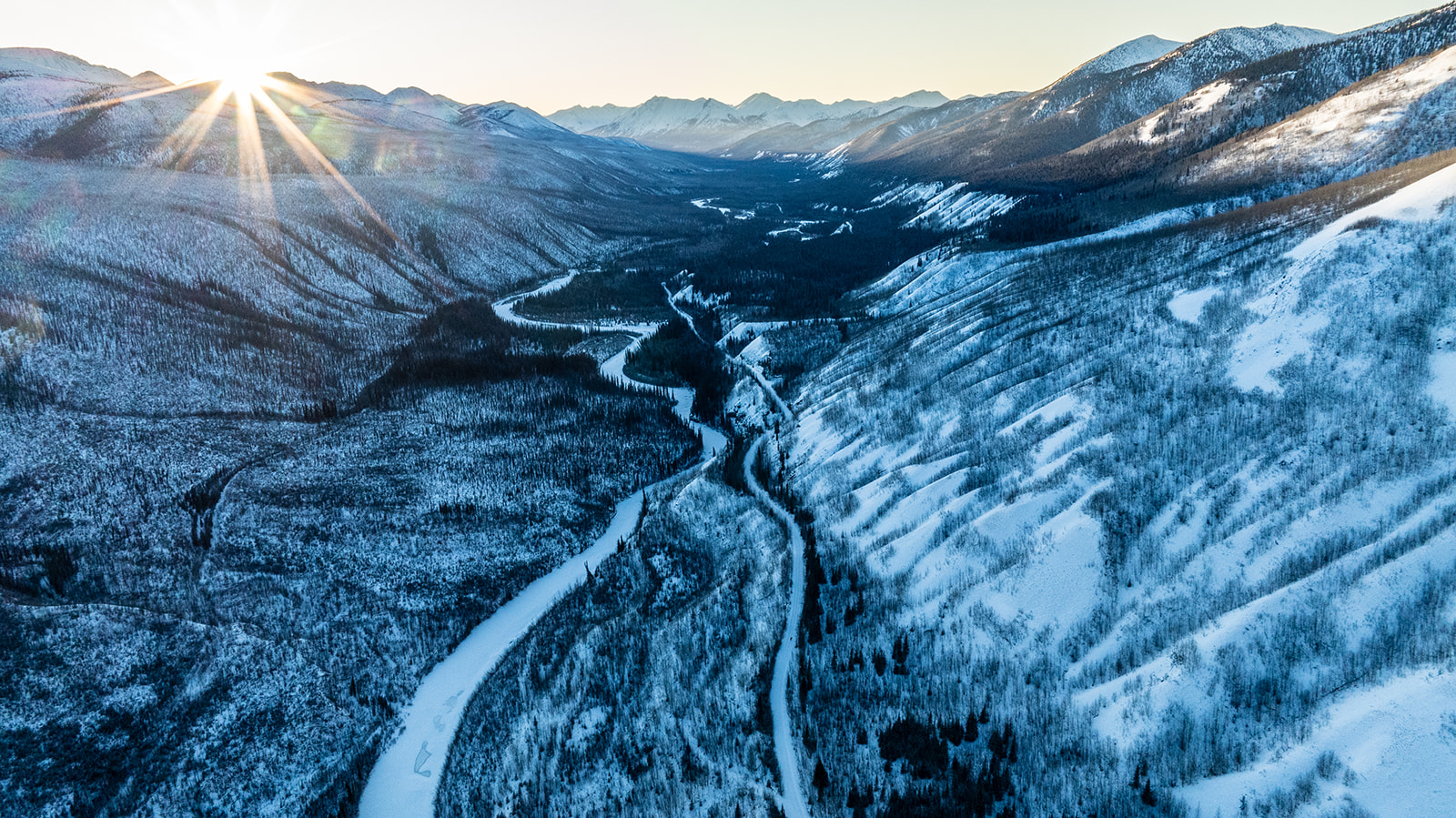
The Canol Road, beautiful but challenging – Photography: Mark Kelly
The 350 km race remains unchanged but will now have an additional day, extending the cut-off to 7 days.
We’re also introducing a new 235 km distance, ideal for those looking for a shorter race. The start will be either in Brooks Brook or Johnson’s Crossing. If the race begins in Johnson’s Crossing, the total distance will be closer to 220 km. We will confirm the exact details as soon as possible. The timing of the 235 km race will depend on the location of the first checkpoint and available facilities. It will either start alongside the other distances or early the following morning. The cut-off time will be 5 days.
We are still uncertain about the return of the marathon distance. This will depend on the first checkpoint’s location and whether we can secure a morning start – our preferred option. The final decision will also be influenced by the start date of the Yukon Quest.
Looking ahead to 2026, we cannot predict the weather conditions. During our premier of the new trail in 2025, temperatures dropped to –40°C almost every night. Combined with the significant elevation changes on the Canol Roads and later the Dena Cho Trail, the race proved to be incredibly challenging. Only 6 out of 46 athletes reached the finish line. A lot of athletes suffered from frostbite injuries. If we encounter similar temperatures again, the difficulty level will be just as extreme.
Some images that give you an idea about how hard our new trail is – Photography: Mark Kelly
So, everybody should be warned! Most of the remote checkpoints do not allow for sleeping inside and it’s very difficult to dry equipment there. Constant self-monitoring, layer management, hydrating and eating well, taking the right amount of rest and keeping the sleeping system as dry as possible are key. Hitting the sweet spot with the weight of your gear is key – i.e. obviously have all you need to be safe but avoiding anything that is not necessary.
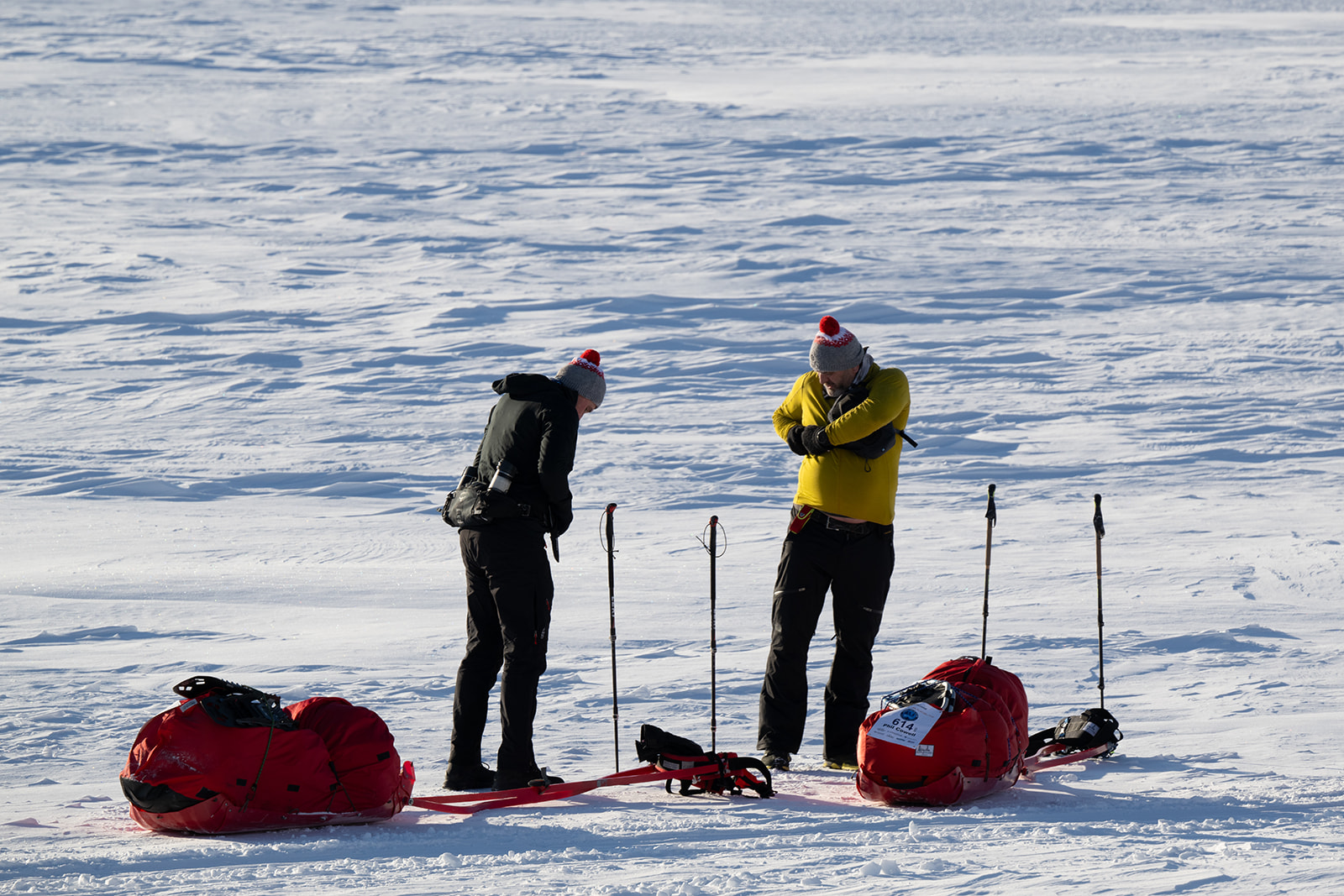
Always important: Stopping and dealing with problems as the occur – Photography: Mark Kelly
The paperwork to sign up for the Yukon Arctic Ultra 2026 should be ready next week. If you want to sign up, please have a look at our Application page re. entry fees and deadlines. When you are ready to commit, please send an email to info@thegreatoutdoors.de.
If you are new to winter ultras, I would like to remind everyone, that we have our Bright Equipment Lapland Arctic Ultra in Sweden with distance of 85, 185 and 500 km. Whilst one winter we also had – 35° C in this race, overall temperatures are less extreme there, which means it’s a really good way of getting used to this kind of races.
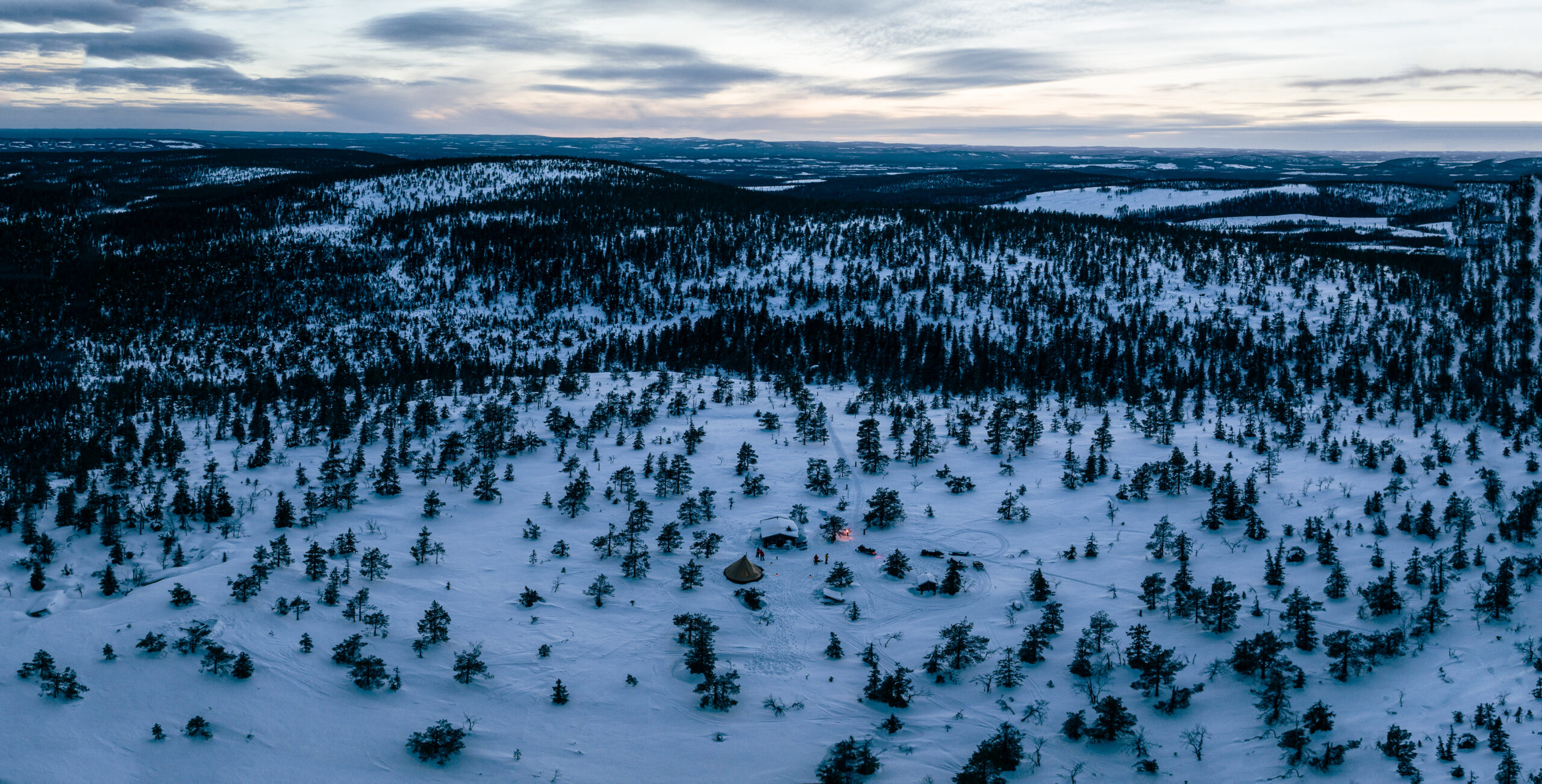
Our legendary Laxforsberget checkpoint at the Bright Equipment Lapland Arctic Ultra – Photography: Swedish Lapland


